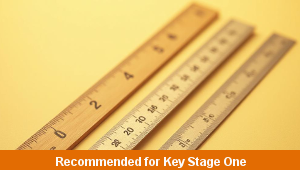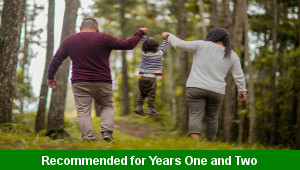Home > Key Stage One > Maths > Number > Addition > Number Bonds to Twenty
Building Bricks

This maths teaching pack for Key Stage One gets the children to identify, match and record different pairs of numbers that make a range of sums with totals within twenty when stacking sets of bricks.
The class can practise using concrete equipment to model how to build different sized towers and walls to illustrate the matching number sums for each of the selected number bonds.
Download this teaching pack including a lesson plan, classroom activities and an interactive presentation to identify, match and record different pairs of numbers that make a range of sums with totals within twenty when stacking sets of bricks
Activities in this teaching pack include differentiated sets of cards to select and record different pairs of numbers that sum to totals to twenty for core and extension ability levels and to ten for support ability levels using concrete equipment to record the number bonds.
The interactive presentation gets the children to explore and record how to match different pairs of numbers that sum to totals within twenty.
This lesson is part of a maths scheme of work to get the children to investigate and model how to use mental calculation techniques when working with concrete objects and diagrams to identify pairs of numbers that make sums to twenty. There are teaching activities for shared learning, differentiated worksheets to support independent learning and interactive presentations to introduce concepts and key skills.
-

Maths Measurement Assessment
Assess abilities in estimating, measuring and comparing a range of different measurements for length, mass and capacity
-

Family Life
Investigate and reflect on some of the special events and experiences that might happen in the life of a family
-

Final Sounds Word Guess
Practise playing some guessing and matching games to identify the spelling and meaning of words with different final sounds
-

Building Reports
Explore how to collect facts and information to work with when composing and presenting non-chronological reports about buildings that can be found in the local area
